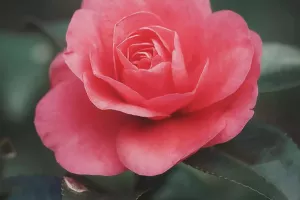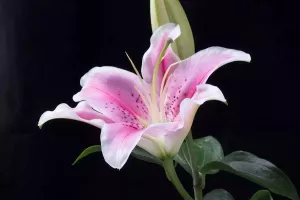Sunflowers are undeniably beautiful and have long been recognized as symbols of adoration, loyalty, and longevity. These bright and cheery flowers are as warm and inviting as the sweet summer sun, and their brilliant yellow petals, or "rays," make them a crowd favorite.
Much of the meaning of sunflowers stems from their namesake, the sun itself. Like the sun, sunflowers have the unique ability to provide energy in the form of nourishment and vibrancy. These attributes mirror the energy provided by the sun's heat and light, making sunflowers a symbol of hope and positivity.
Sunflowers are also known for being "happy" flowers, making them the perfect gift to bring joy to someone's day. With proper care, sunflowers can last from six to twelve days.
To maximize their vase life, it's best to choose flowers that are just starting to fully open and have strong, straight stems with perky flowers that look at you. Here are a few simple care tips to extend the life of your blooms:
1. When you get home, stand the wrapped flowers in water so they can drink a lot of water while you're getting the vase ready.
2. Fill a vase with water and allow it to come to room temperature. If you're using floral foam, let it soak until it is fully saturated and sinks to the bottom.
3. Add a packet of flower food to extend the bloom life. If you don't have flower food, dissolve half a teaspoon of sugar, a teaspoon of lemon juice, and a few drops of bleach in 4 cups of water to create a homemade substitute.
4. Slant-cut the stems to the desired length, cutting at least ½ from the bottom. Flower stems naturally begin to seal their ends, so cutting them helps the flower to take in fresh, clean water and extends its vase life. The shorter the stem, the more water will feed the bloom.
5. Remove any leaves that will be submerged as these will rot over time.
6. Arrange stems to your liking, varying the height and position. Add other flowers to the arrangement once all the sunflowers are positioned.
7. Sunflowers are thirsty flowers, so check the water frequently and add fresh water to fill the vase.
8. Change the water if it starts looking cloudy, and rinse the stems clean. You may also want to recut the stems underwater to help the flower uptake water.
9. Continue to remove spent leaves to keep the bouquet looking fresh longer.
Did you know that there are about 70 species of sunflowers? Sunflowers can be different shapes, and some can be tall while others are short. The shortest sunflowers are called dwarfs and usually grow in clusters.
Sunflowers can even be different colors. Yellow is the most common, but there are also red, orange, and purple sunflowers.
Sunflowers track the sun. The French word for sunflower is "tournesol," which means "turns with the sun." Young sunflowers track the sun, which is referred to as heliotropism.
At sunrise, the flower buds and young blossoms will face east and follow the sun during the day. At sunset, the bloom will be facing the west. However, as the flower grows, the head of the plant becomes heavier, and the blossom will generally stay facing east.
Sunflowers are a multi-purpose plant. Sunflower seeds are a healthy snack, and they can produce useful oil and provide nutritious food for birds. Sunflowers have also been found to be good at absorbing toxins.
Once the flower heads are dry, they can be converted into scrubbing pads. Just like peanuts can be ground to make peanut butter, sunflower seeds can be ground to make sunflower seed butter. An interesting fact about sunflower seed butter is that it has more minerals than peanut butter and significantly less saturated fat.
Sunflowers have also been used as symbols of hope and resilience. During difficult times, such as the aftermath of natural disasters, sunflowers have been planted as a symbol of renewal and hope for the future.
Sunflowers are more than just pretty flowers. They are rich in symbolism, history, and cultural significance. Whether you are giving them as a gift to brighten someone's day, or enjoying them in your own home, they are sure to bring warmth and cheer. With a little care, they can last for up to twelve days, bringing joy and vibrancy to any space.
And when they eventually wilt and dry up, they can continue to serve a variety of useful purposes, from providing a healthy snack to becoming a scrubbing pad. So next time you see a sunflower, take a moment to appreciate all the beauty and value it has to offer.


